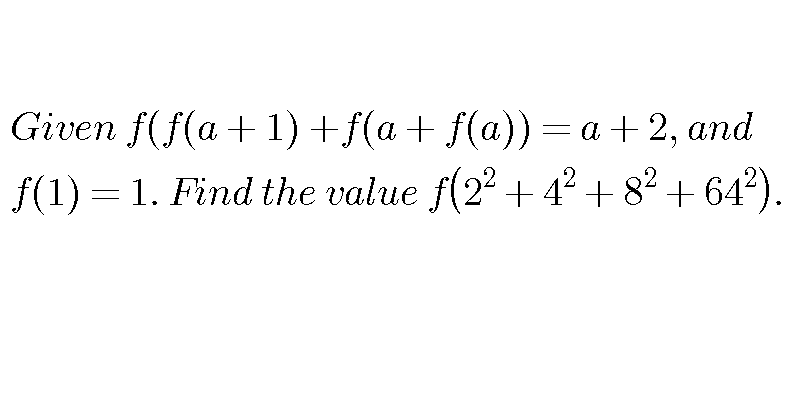
AllQuestion and Answers: Page 1879
Question Number 21680 Answers: 1 Comments: 0
Question Number 21634 Answers: 1 Comments: 0
Question Number 21708 Answers: 1 Comments: 0
$$\int_{\mathrm{0}} ^{\mathrm{0}.\mathrm{5}} \mathrm{2}{tan}^{\mathrm{2}} \mathrm{2}{tdt} \\ $$
Question Number 21628 Answers: 1 Comments: 0
Question Number 21626 Answers: 0 Comments: 1
Question Number 21622 Answers: 2 Comments: 0
Question Number 21643 Answers: 0 Comments: 1
Question Number 21612 Answers: 0 Comments: 0

Question Number 21611 Answers: 1 Comments: 0
Question Number 21693 Answers: 0 Comments: 15
Question Number 21604 Answers: 1 Comments: 0
Question Number 21636 Answers: 1 Comments: 1

Question Number 21598 Answers: 0 Comments: 0
Question Number 21588 Answers: 0 Comments: 1
Question Number 21587 Answers: 1 Comments: 1
Question Number 21591 Answers: 1 Comments: 1
Question Number 21595 Answers: 1 Comments: 1
$$\mathrm{3sec}^{\mathrm{2}} \mathrm{3}{xtan}\mathrm{3}{x} \\ $$
Question Number 21582 Answers: 1 Comments: 0
$$\int_{\pi/\mathrm{2}} ^{\pi/\mathrm{4}} \left(\mathrm{3}{x}+\mathrm{7}\right) \\ $$
Question Number 21581 Answers: 0 Comments: 0

Question Number 21580 Answers: 1 Comments: 0

Question Number 21578 Answers: 0 Comments: 1
Question Number 21574 Answers: 1 Comments: 0
Question Number 21573 Answers: 0 Comments: 0
Question Number 21572 Answers: 0 Comments: 0
Question Number 21566 Answers: 0 Comments: 2

Question Number 21564 Answers: 0 Comments: 1
Pg 1874 Pg 1875 Pg 1876 Pg 1877 Pg 1878 Pg 1879 Pg 1880 Pg 1881 Pg 1882 Pg 1883
